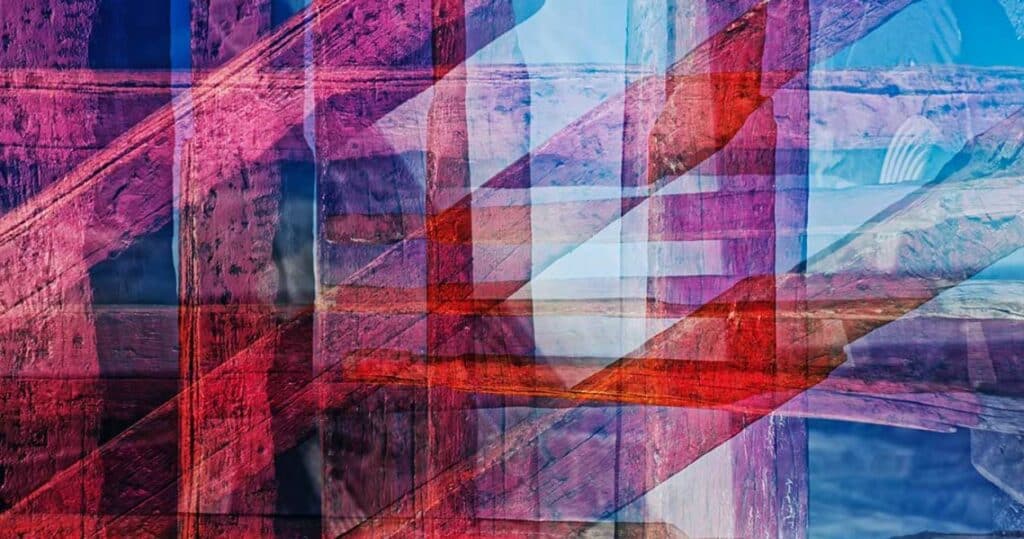Few mediums offer the versatility and tactile gratification of printing for creative expression. I explore with diverse approaches to create captivating prints as an artist. This research has shown me that mastering printmaking techniques is essential for creating high-quality art. The best printmaking techniques demand patience, precision, and a willingness to use both classic and modern approaches.
Relief printing, intaglio, and other methods have their own challenges and benefits. I was drawn to relief printing by the ease of carving a block and the thrill of witnessing the image come to life with each ink impression. I also like intaglio printing, which included carefully incising lines into a plate and cleaning ink into the crevices. The print has depth and texture, enticing visitors to explore it.
Lithography gave me new ways to make prints with rich tones and delicate gradations. Not to mention screen printing, when I learned the joy of combining colours and playing with textures. The best printmaking processes allow artists like you and me to push the limits of creativity and create captivating and inspiring works.
Whether you’re an experienced printmaker or just starting out, don’t hesitate to explore printmaking’s unlimited possibilities. Best printmaking techniques are about unleashing your imagination and expressing your unique vision with the world, not just making gorgeous prints.
Read More: 10 Best Awareness Projects
The 10 Best Printmaking Techniques
Each of these methods can be used to make a wide range of interesting and unique works of art. They give artists a huge range of options. Artists can try out different colours, tones, and ways of telling stories visually with these methods. The following is a list of the top 10 printing techniques, each of which gives art a different look and a different point of view:
Woodcut Printing

Key Points:
- Uses woodblocks.
- Relief printing method.
- Traditionally used for illustrations and text in books.
- Requires carving the image into the wood surface.
Ancient Chinese woodcut printing is one of the oldest printmaking methods. Woodblocks are carved by artists, leaving raised regions for ink and printing. It creates bold, graphic visuals with strong lines and textures.
Ink is applied to the carved surface and paper is pressed onto it to make woodcut prints. Gouges and knives are used by artists to carve precise details and textures. Contemporary artists use colour, many blocks, and other media to increase the expressive possibilities of black ink on white paper.
Linocut Printing

Key Points:
- Similar to woodcut but uses linoleum blocks.
- Easier to carve than wood.
- Popular for its versatility and bold lines.
- Suitable for beginners due to its simplicity.
Linocut printing involves cutting a design onto linoleum. It’s versatile and easy. While the raised surfaces get ink, the carved sections remain uninked. Pressure transfers the ink to paper or cloth.
Linocuts are used to create bold, graphic pictures and complicated designs. Its simplicity appeals to beginners, yet expert artists like its detailed detail. Artists can use gradient rolls or various colour layers with linocuts. Picasso and Matisse popularised this technique.
Etching

Key Points:
- Metal plate covered with acid-resistant ground.
- Lines are drawn into the ground, exposing the metal.
- Plate is then submerged in acid to etch the exposed lines.
- Allows for fine details and intricate designs.
Etching, a versatile printmaking method from the Middle Ages, uses acid to etch images on metal plates. After coating a copper, zinc, or steel plate with an acid-resistant ground, artists use an etching needle to draw their design. Submerging the plate in an acid bath erodes the exposed regions, generating ink grooves.
Clean the plate, then fill the grooves with ink. Wiping the surface leaves ink solely in the etched lines. Finally, the plate is pushed into damp paper to transfer the picture. Etching enables exact detail and various line thicknesses, making it popular with painters.
Engraving

Key Points:
- Involves incising lines into a metal plate with a burin.
- Creates precise and detailed images.
- Historically used for banknotes, stamps, and illustrations.
- Requires skilled craftsmanship.
Since the 15th century, engraving has involved meticulously incising lines on a metal plate. Carving copper, zinc, or steel with burins is common among artists. Through printing press pressure, these incised lines hold ink for exact reproduction on paper.
For complex pictures, maps, and currency, engraving is preferred for its detail and tonal diversity. Artists must balance pressure and depth to achieve desired effects, requiring precision and patience. Despite its history, engraving influences modern printmaking, keeping it relevant in art.
Drypoint

Key Points:
- Similar to engraving but with a sharp needle.
- Creates a softer line and burr along the edges.
- Results in a rich, velvety texture.
- Ideal for expressive and intimate artworks.
Drypoint printmaking uses a diamond or hard-pointed needle to inscribe an image on a plate. Drypoint develops a burr along the incised lines, giving them a softer, more expressive look than engraving, which cuts a V-shaped groove into the plate.
The copper or zinc plate is inked and cleaned, leaving ink solely on the incised lines and burrs. When printed, the press presses the paper into the plate, transferring ink. Drypoint produces silky lines and a distinct texture that give prints depth and character.
Lithography

Key Points:
- Based on the principle of oil and water repulsion.
- Image drawn on a smooth stone or metal plate with greasy materials.
- Chemically treated to fix the image and repel ink from non-image areas.
- Known for its ability to produce subtle tones and fine details.
Oil and water are immiscible, making lithography a versatile printmaking technique. Drawing on a smooth surface, usually limestone, with an oily crayon or tusche was invented in the late 18th century. After dampening the stone, only the sketched portions absorb ink.
Non-drawn parts reject ink because they love water. Image is printed on paper using a press. Fine detail and rich tonal diversity make lithography attractive for creative and commercial printing. Its mass media use and countless reprints make it important in printmaking history.
Screen Printing

Key Points:
- Uses a mesh screen to transfer ink onto a surface.
- Ideal for printing on various materials like fabric, paper, and plastic.
- Allows for vibrant colors and intricate designs.
- Widely used in commercial printing and art.
Screen printing, commonly known as silk screening, transfers ink onto paper, fabric, or metal using a mesh screen. Masking the screen with a stencil leaves spaces for squeegeeing ink. This approach is used in commercial printing, fashion, and art for its brilliant colours and exact designs.
Printing on different materials and substrates lets artists explore with textures and surfaces. Screen printing is a standard in printmaking and design because it produces high-quality, durable prints.
Monotype

Key Points:
- Unique print created from a single painted or inked surface.
- Image transferred onto paper with pressure.
- Offers spontaneity and unpredictability.
- Often used for experimental and one-of-a-kind artworks.
Monotype is a unique printmaking process that transfers an image from a flat surface like glass or metal to paper. Monotype prints are unique because just one imprint may be generated from the plate.
Artists can use brushes, rollers, and fingers to make images. Artists interested in texture, colour, and fluidity like the process’s spontaneity and experimentation. Collectors and aficionados admire monotype prints for their rich, painterly qualities and subtle tone and texture variations.
Monoprint

Key Points:
- Combines elements of printmaking and painting.
- Portions of the image are repeated, while others are unique.
- Offers both repeatability and individuality.
- Allows for exploration of texture, color, and layering.
Monoprinting is known for its spontaneity and versatility. Each monoprint is unique, unlike regular printmaking. It includes generating an image on a smooth surface like glass or metal and pressing it onto paper with a printing machine.
Artists can manipulate ink or paint on the printing surface with various tools and materials to create effects and textures. Artists seeking creative and new ways to create unique, unreplicable works love monoprinting because it encourages experimentation and discovery.
Digital Printmaking

Key Points:
- Utilizes digital technology for image creation and printing.
- Offers precision, repeatability, and versatility.
- Allows for manipulation and editing of images.
- Widely used in contemporary art and commercial printing.
Printmaking involves putting images onto paper or fabric. Traditional methods including woodcut, etching, lithography, and linocut have different textures and styles. Modern digital printmaking combines conventional methods with digital technologies.
Artists use software to produce digital images and print them on inkjet or laser printers. This method provides exact colour, scale, and composition control, enabling experimentation. Digital printing is popular for commercial and artistic use due to its fast reproduction. It connects classic and contemporary art, expanding digital expression.
Verdict
Printmaking is still highly valued as a form of artistic expression due to its illustrious past as well as the innovative processes it employs, making it one of the best printmaking techniques. This multifaceted art form has endured the test of time and continues to encourage a vast number of artists to push the limits of their creative potential. Some of the first examples of this art form were woodcuts, while the most recent ones are digital inventions. The art of printmaking is beautiful not just because of the finished work that is produced but also because of the labor-intensive processes and procedures that artists use to realize their ideas.





